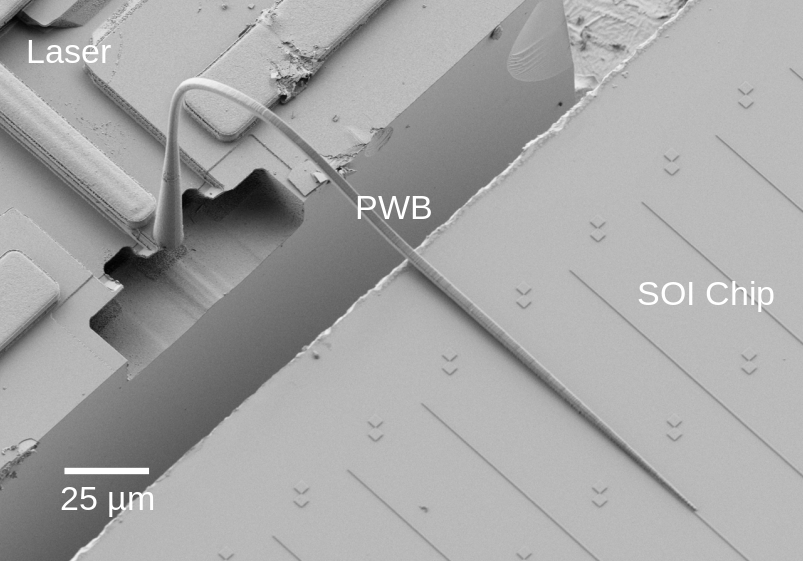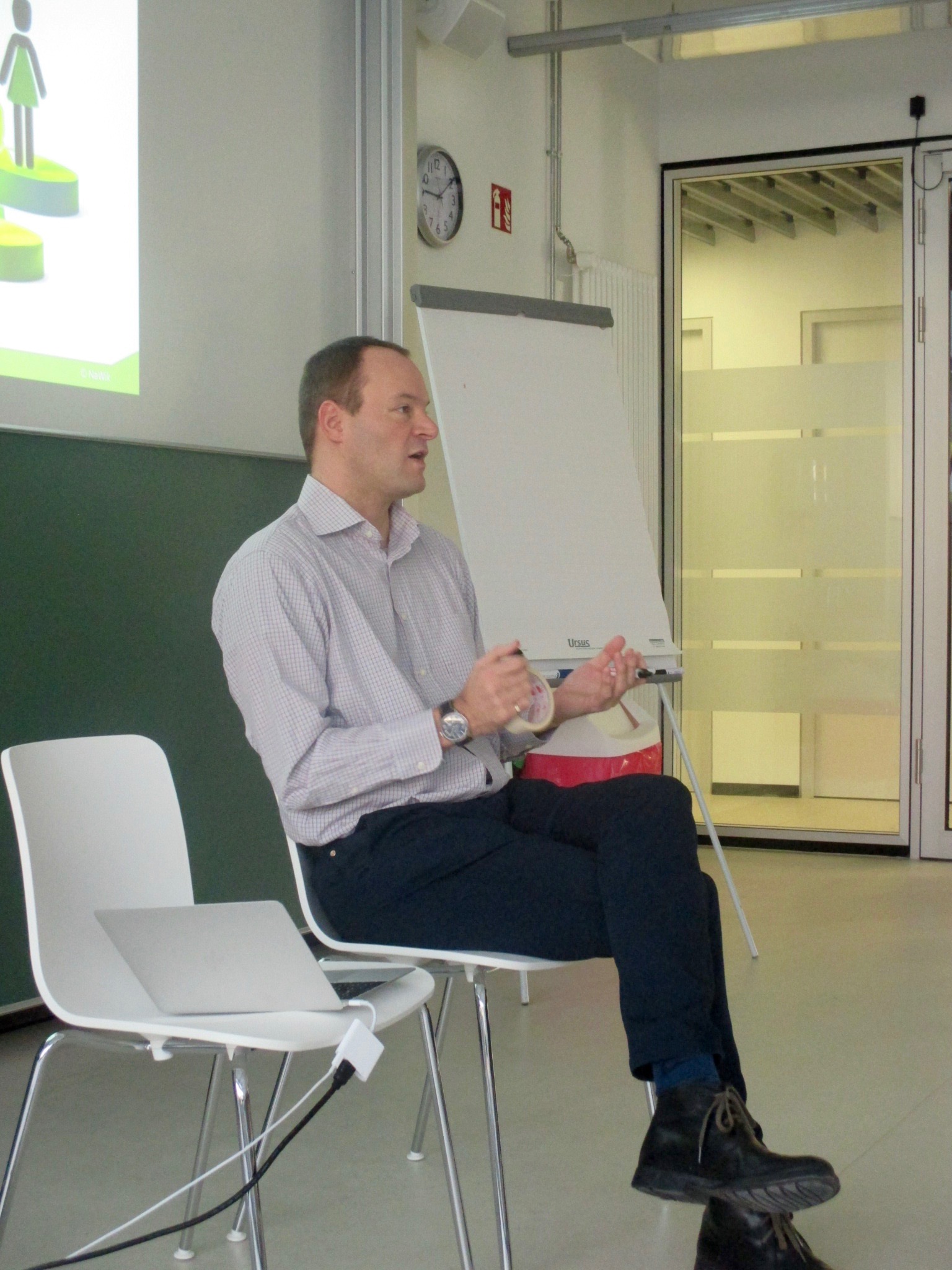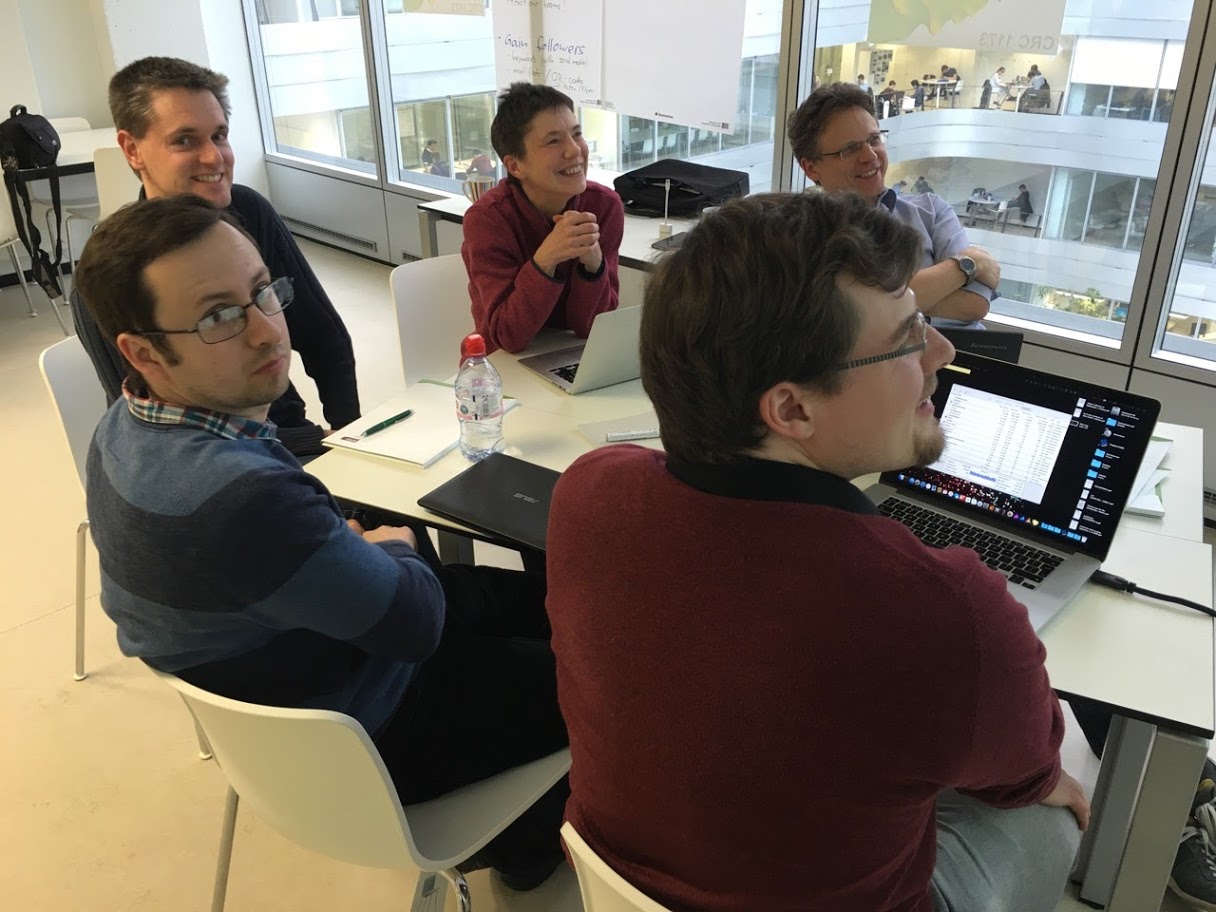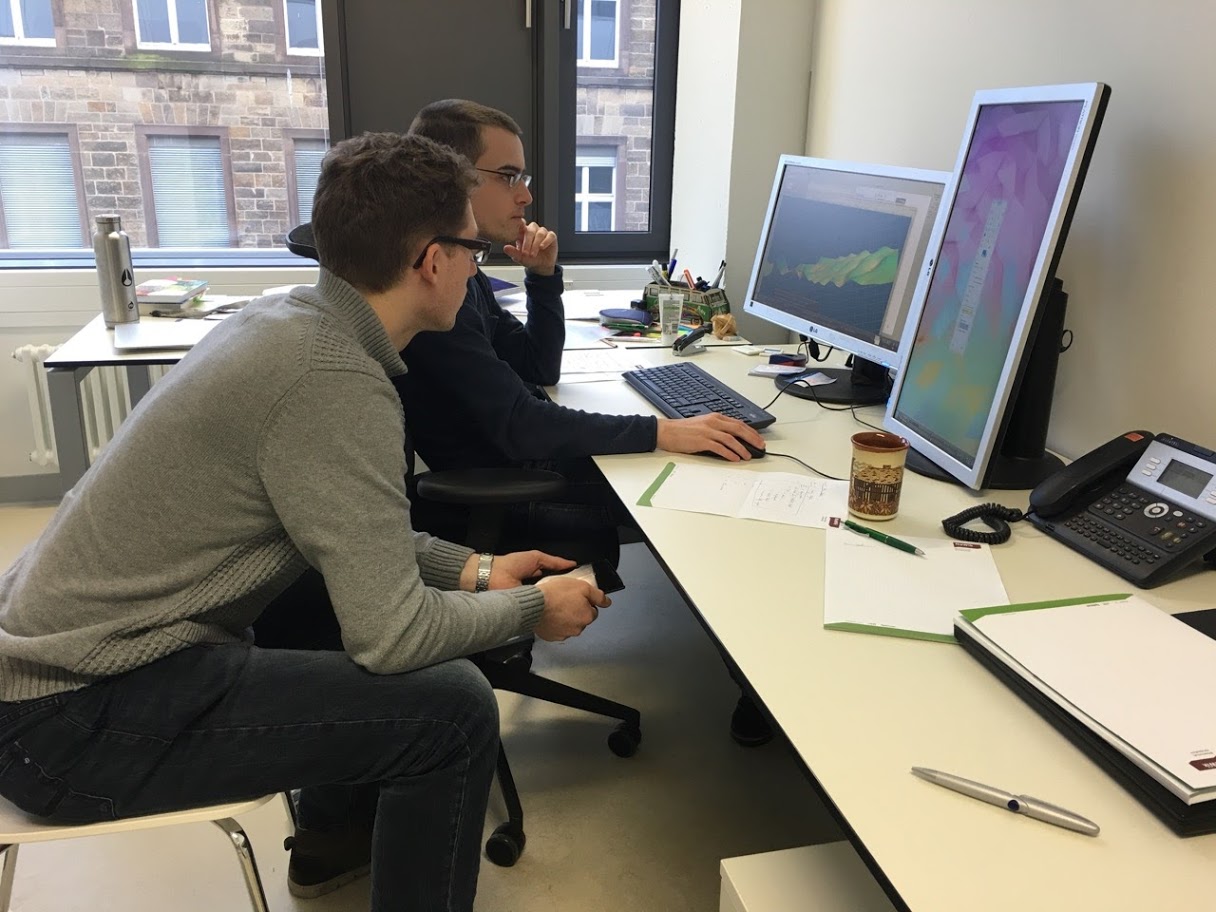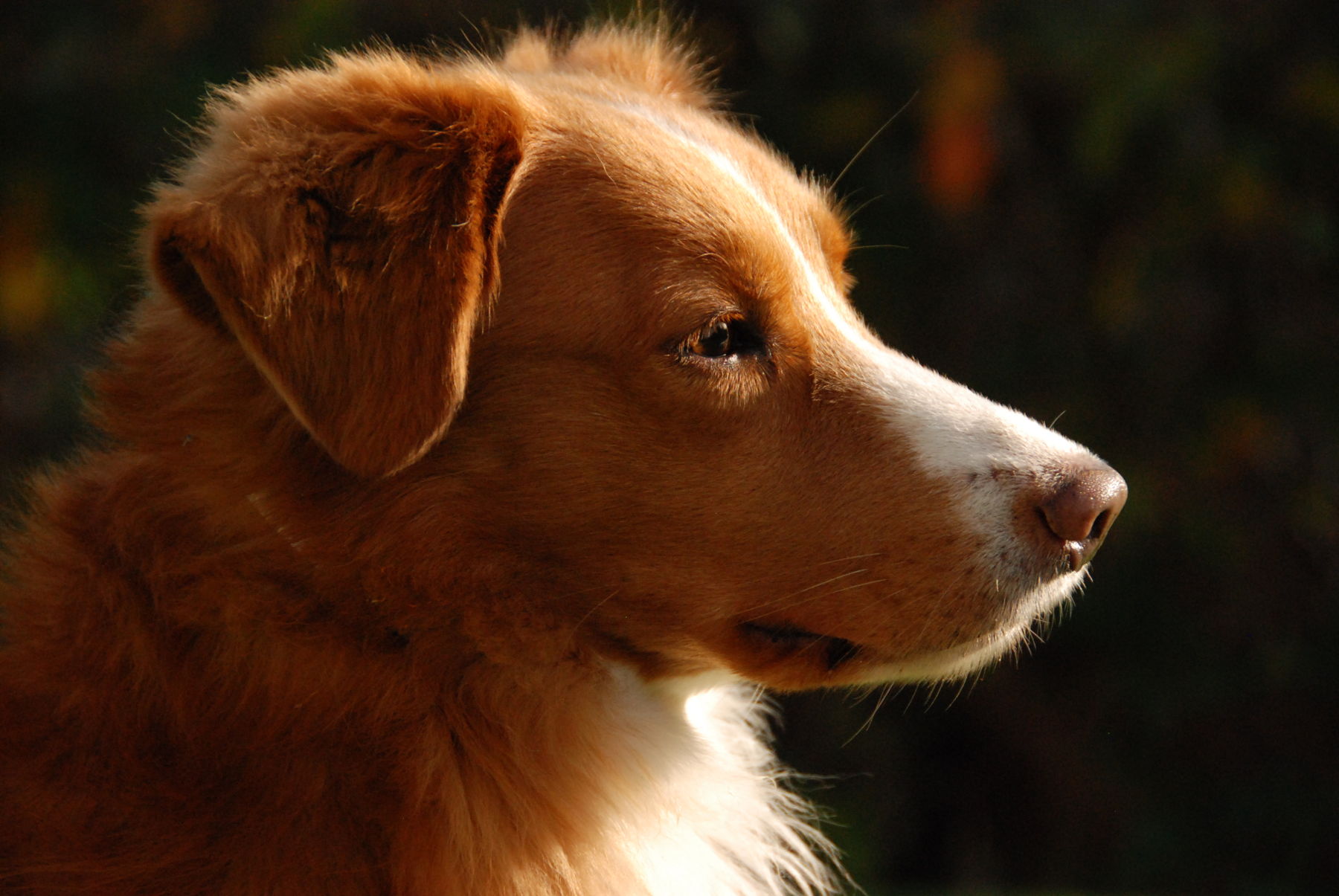So we did it again – we (the team of Prof. Reichel, i.e. Janina Gärtner, Carlos Hauser, Andreas Hirsch and myself) participated in the Spring School on Nonlinear PDEs and Related Problems, which took place between 15th and 19th of February 2016 in Mbour, Senegal.
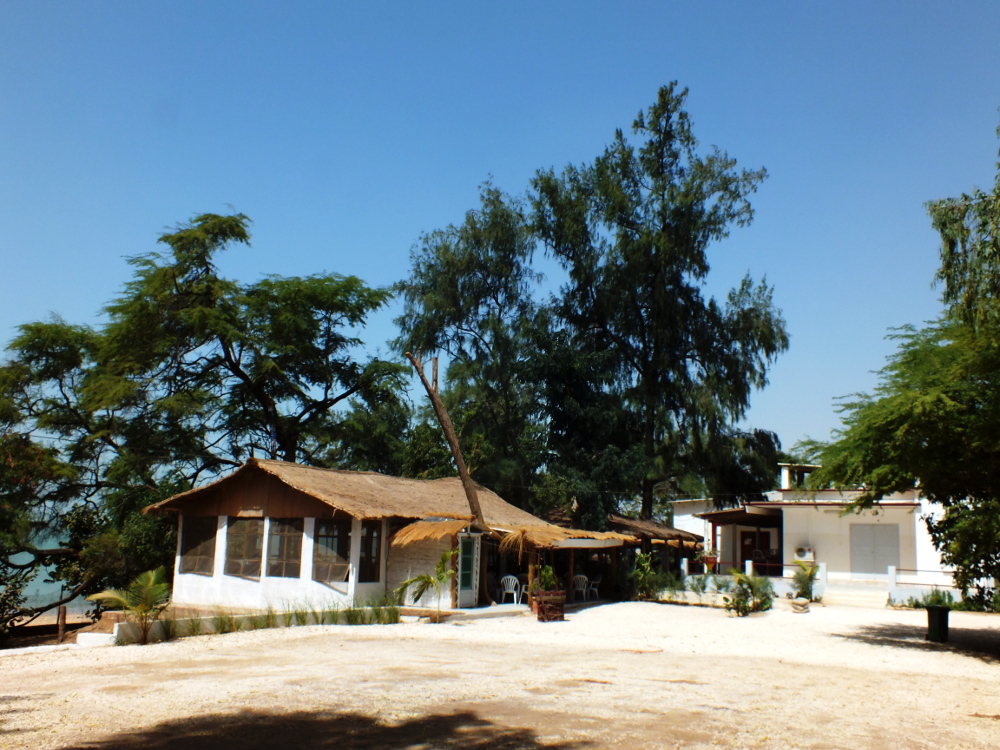
One of the most beautiful places to do mathematics
It was our second visit there – last year we participated in the first edition of this spring school (Spring School on Variational and Geometric Methods in Nonlinear PDEs).
This time we had the opportunity to listen to four series of lectures:
- “Sign preservation for elliptic boundary value problems” by Guido Sweers (lecture notes available on his homepage),
- “An introduction to competition-diffusion systems of partial differential equations” by Susanna Terracini,
- “Nonlocal equations and applications” by Enrico Valdinoci,
- “Boundedness vs. blow-up in cross-diffusive parabolic systems modeling chemotaxis” by Michael Winkler.
The topics of all of the lectures were interesting and presented in a very good way. Personally I have found the series of talks by Michael Winkler extremely inspiring. The main result presented there – the existence of blow-ups – can be viewed as another scientific law – certain type of bacteria just has to behave like that (i.e. concentrate at one point) similarly as an apple just has to fall down.
Taking part in this event was not only a great occasion to meet new people and listen to really inspiring talks, but also to see a place so much different from Europe. Thanks to this we are now also vaccinated against yellow fever and have many good memories, which will stay with us for a really long time.
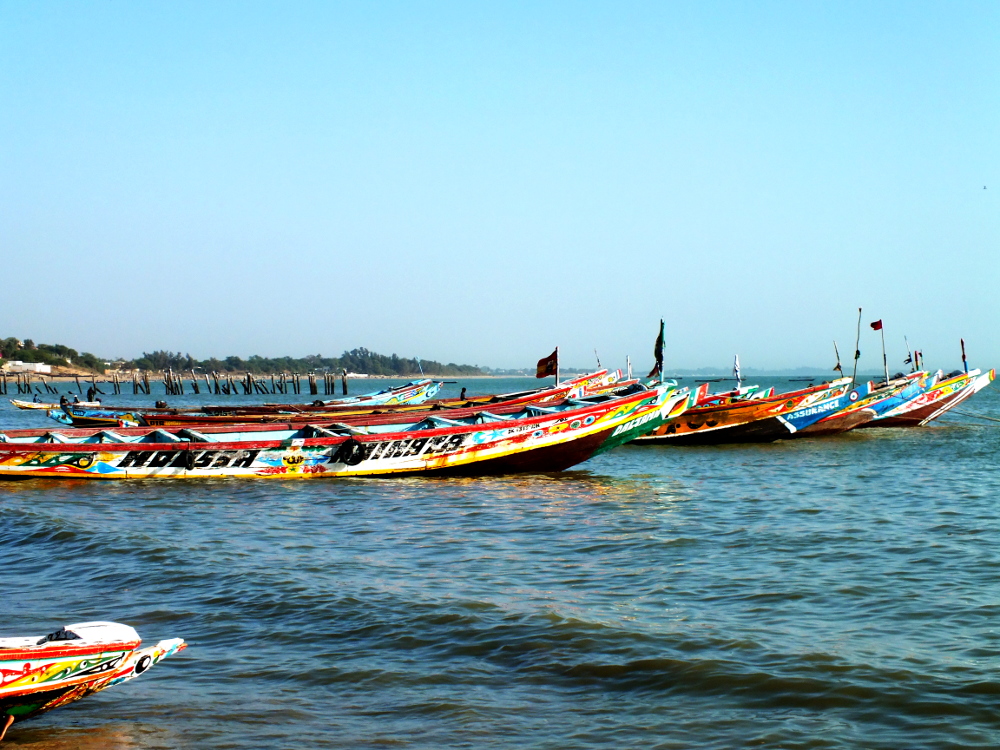
Trivial solution of the wave equation on the Atlantic Ocean
If someone had told me a few years ago that studying mathematics might result in a journey to Africa I would not have believed it.
